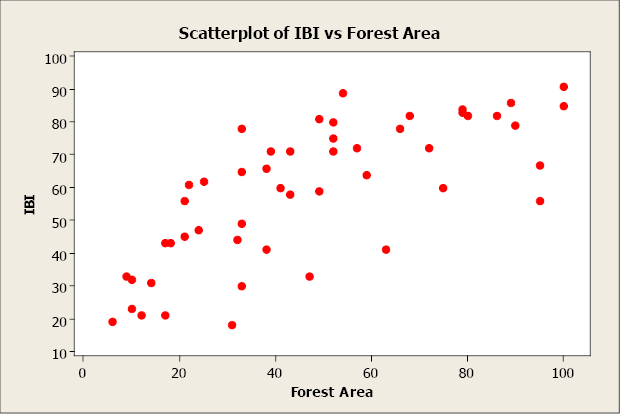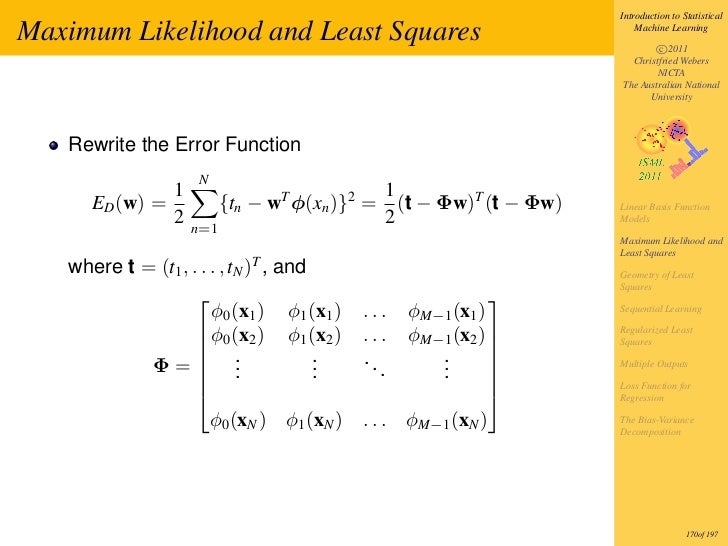

In the case where all noise variables have the same variance: the directed acyclic graph can be recovered from the joint Gaussianĭistribution. In this work, we prove full identifiability In Gaussian structural equation models with linear functions, the graph can be identifiedįrom the joint distribution only up to Markov equivalence classes, assuming faithfulness. Corresponding to each structural equation model is a directed acyclic graph describing We consider structural equation models in which variables can be written as a function of their parents and noise terms, whichĪre assumed to be jointly independent. The second edition contains a new introduction and an extensive survey of advances and applications that have appeared since the first edition was published in 1993. The authors show that the relationship between causality and probability can also help to clarify such diverse topics in statistics as the comparative power of experimentation versus observation, Simpson's paradox, errors in regression models, retrospective versus prospective sampling, and variable selection. They axiomatize the connection between causal structure and probabilistic independence, explore several varieties of causal indistinguishability, formulate a theory of manipulation, and develop asymptotically reliable procedures for searching over equivalence classes of causal models, including models of categorical data and structural equation models with and without latent variables. The authors show that although experimental and observational study designs may not always permit the same inferences, they are subject to uniform principles.

What assumptions and methods allow us to turn observations into causal knowledge, and how can even incomplete causal knowledge be used in planning and prediction to influence and control our environment? In this book Peter Spirtes, Clark Glymour, and Richard Scheines address these questions using the formalism of Bayes networks, with results that have been applied in diverse areas of research in the social, behavioral, and physical sciences.


 0 kommentar(er)
0 kommentar(er)
